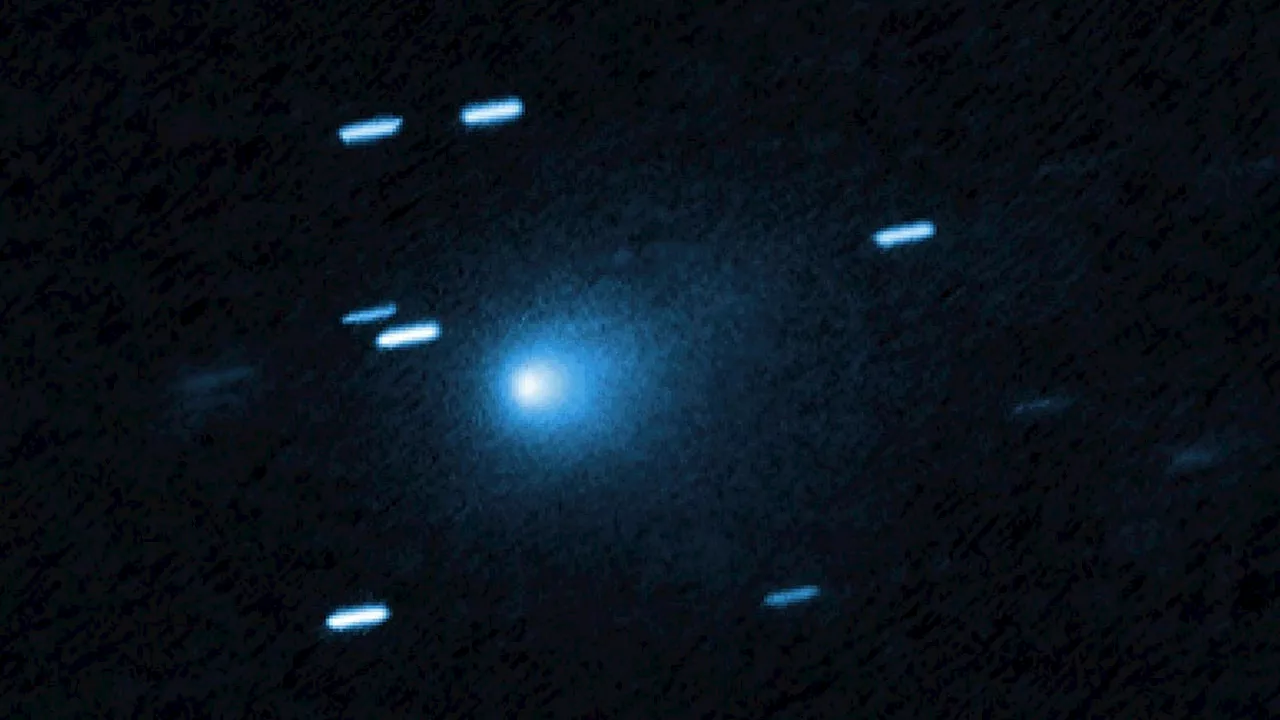An international team of researchers has made a significant breakthrough by discovering a companion star orbiting the giant red star known as π 1 Gruis. This finding, published in the journal Nature Astronomy, sheds light on the complex dynamics surrounding aging stars and how they evolve.
Located approximately 530 light-years from Earth, π 1 Gruis is classified as an asymptotic giant branch (AGB) star. Once similar to the sun, it has expanded to more than 400 times the sun’s size and now emits light thousands of times brighter than our own star. The immense brightness of π 1 Gruis has historically made it challenging for astronomers to detect any nearby companion objects, as their light can easily be outshone.
ALMA’s Role in the Discovery
Using the advanced capabilities of the Atacama Large Millimeter/submillimeter Array (ALMA), a powerful astronomical interferometer consisting of 66 radio telescopes in northern Chile, researchers were able to observe and confirm the existence of the companion star. This technology allows for high-resolution observations, which were crucial in revealing the companion’s orbit around π 1 Gruis.
Yoshiya Mori, a Ph.D. candidate in astrophysics at Monash University, played a key role in this research. He focused on comparing the observed properties of π 1 Gruis with state-of-the-art stellar evolution models. “A key part of understanding the orbit of the companion is knowing the mass of the AGB star,” Mori explained. “Our team helped better constrain this mass by using its observed luminosity and pulsation characteristics.”
This research highlights the potential impact a close companion can have on the processes surrounding AGB stars, suggesting that it could complicate their evolution significantly.
Implications for Stellar Evolution Models
Initially, models predicted that the orbit of the companion star would be elliptical. However, the research has shown that it follows an almost perfectly circular path. This unexpected finding indicates that the orbital evolution process is faster than previously thought, necessitating revisions to current models of giant star evolution.
Project lead Mats Esseldeurs, from KU Leuven, emphasized the broader implications of this discovery. “Understanding how close companions behave under these conditions helps us better predict what will happen to the planets around the sun,” Esseldeurs noted. He added that this understanding could clarify how the companion influences the evolution of the giant star itself.
The analysis suggests that previous estimates of circularization rates—how quickly orbits become circular—may have been underestimated. This insight is expected to open new avenues for research into tidal interaction physics and the evolution of binary star systems.
The discovery of the companion star around π 1 Gruis not only contributes to our understanding of stellar evolution but also provides a glimpse into the future of our solar system as the sun approaches its own AGB phase. The findings underscore the importance of ongoing research in this field, as scientists continue to unravel the complexities of the universe.
For further details, the study can be accessed in Nature Astronomy, DOI: 10.1038/s41550-025-02697-2.







